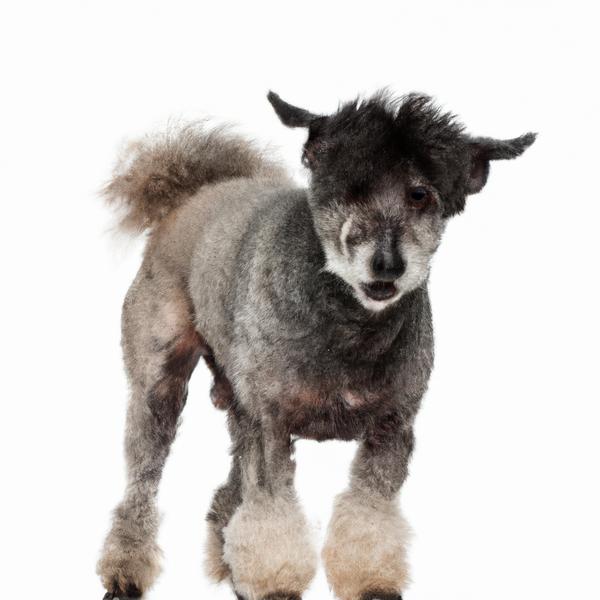Pumi vs. Rat-Cha: Breed Differences and Similarities
Hypoallergenic
Are Pumis or Rat-Chas hypoallergenic, or neither?
While no dogs are truly 100% hypoallergenic, Pumis are about as close as it gets, making them an ideal pet if you are an allergy sufferer.
Unfortunately, the Rat-Cha is not hypoallergenic, making it not a good choice for a dog lover who suffers from pet allergies.
Temperament
What are the personalities of Pumi and Rat-Cha dogs?
Active
Lively
Reserved
Intelligent
Protective
Vocal
Alert
Restless
Extremely Bold
Suspicious Towards Strangers
Sensitive
Noisy
Loving
Alert
Courageous
Intelligent
Affectionate
Quick
Devoted
Lively
Inquisitive
Shedding Level
Do Pumis shed more than Rat-Chas, or which breed sheds more, Pumis or Rat-Chas?
Pumi or Rat-Cha dogs are not heavy shedders, but they will lose a significant amount of hair each year. To decrease the amount of shedding, you can regularly brush your Pumi or Rat-Cha. This will remove loose hair and keep their coat growing in the same direction.
Watchdog Ability
Which dog breed makes a better watchdog, the Pumi or Rat-Cha?
Choose a Pumi if you want a top-notch watchdog. This breed takes guarding seriously, and may not require much training, though obedience or guard dog training can improve their skills.
Rat-Chas are decent watchdogs - they'll alert their owner if something seems amiss.
Origin
What is the origin of Pumi and Rat-Cha dog breeds?
Hungary
United States
Ancestry
What are the origins of Pumi and Rat-Cha breeds?
Puli, German and French Sheepdog
Chihuahua, Rat Terrier
Breed recognition
Which kennel clubs recognize/register Pumi and Rat-Cha?
American Canine Registry
America's Pet Registry
Dog Registry of America Inc.
Federation Cynologique Internationale
North American Purebred Registry, Inc.
American Canine Association, Inc.
Continental Kennel Club
National Kennel Club
Foundation Stock Service
ACHC = American Canine Hybrid Club
DDKC = Designer Dogs Kennel Club
DRA = Dog Registry of America, Inc.
IDCR = International Designer Canine Registry®
Date of Birth
When were Pumi and Rat-Cha breeds first developed?
1700s
Unknown
Eye Color Possibilites
What are the eye colors of Pumi and Rat-Cha dogs?
Brown
Brown
Nose Color Possibilites
What are the natural nose colors of Pumi and Rat-Cha?
Black
Black
Coat Color Possibilites
What are the natural colors of the coat for Pumi and Rat-Cha breeds?
Black
Gray
Silver
Brown
Red
Fawn
Sable
Gray
Black
White
Coat Length
What is the typical coat length for Pumi and Rat-Cha breeds?
Pumis have medium-length coats.
Rat-Chas have coats that can be either short or medium in length.
Coat Density
What is the density of the coat of Pumi and Rat-Cha?
Coat Texture
What is the hair texture of Pumi and Rat-Cha?
Curly
Straight
Litter Size
What is the usual litter size for Pumi and Rat-Cha?
A Pumi can have a litter of 12-15 puppies on average. However, it's worth noting that the size of the litters can vary greatly. Factors that can influence litter size include the health of the mother, breeding history, and genetics.
A Rat-Cha can have a litter of 5-7 puppies on average. However, it's worth noting that the size of the litters can vary greatly. Factors that can influence litter size include the health of the mother, breeding history, and genetics.
Adaptability
Pumi and Rat-Chas are known for their adaptability and versatility. They are capable of adapting well to a wide range of lifestyle changes and living environments, making them great companions for families and individuals of all lifestyles.
Health Issues
Between Pumi and Rat-Cha, which breed is more prone to health problems?
Pumis are susceptible to health issues like all breeds, so it's important to monitor their health and seek veterinary care when needed.
Rat-Chas typically have low vet costs due to their good health, but it's important to monitor their health and seek vet care when necessary.
Major Concerns
What are the major health concerns for Pumi and Rat-Cha breeds?
Patellar Luxation
Lens Luxation
Hip Dysplasia
Hydrocephalus
Patent Ductus Arteriosis (PDA)
Collapsed Trachea
Atopy
Minor Concerns
What minor health issues should be kept in mind when owning Pumi and Rat-Cha?
Hip Dysplasia
Degenerative Myelopathy
Patellar Luxation
Cataracts
Glaucoma
Dental Disease
Alopecia
Legg-Calve Perthes Disease
Progressive Retinal Atrophy (PRA)
Occasional Tests
What occasional tests are recommended for Pumi and Rat-Cha breeds?
Eye Examination
OFA on hips and elbows
DNA Test
X-Rays
Eye Examination
Skin Evaluation
Radiographs
Full Physical Examination
Blood Sugar and Thyroid Tests
Energy
How do the energy levels of Pumis and Rat-Chas compare?
Pumis thrive on an active lifestyle due to their high-energy nature.
Rat-Chas are suitable for those with a balanced lifestyle as they have an average energy level.
Social Needs
Pumi vs Rat-Cha social needs comparison
Pumi and Rat-Cha have very high social needs. These needs include regular mental and physical stimulation, a job or purpose, and companionship. They thrive in environments where they have a lot of interaction with humans and other dogs.
Exercise Needed
Pumi vs Rat-Cha exercise need comparison.
The Pumi and Rat-Cha breeds need significant physical activity to maintain a healthy lifestyle. They are well-suited for those who lead an active lifestyle and enjoy activities such as running, hiking, or other outdoor pursuits.
Sleeping Need
Which of the two sleeps the most/least: Pumi or Rat-Cha?
Pumis are active and require sufficient sleep to stay healthy.
Rat-Chas sleep less than other breeds but still need adequate sleep for good health.
Tendency to Bark
Do Pumis or Rat-Chas bark more/less frequently?
Pumi dogs bark and howl frequently and are not recommended for quiet homes.
The Rat-Cha is a vocal breed that frequently barks and howls, and may not be suitable for those seeking a quiet companion.
Mouthiness
Mouthiness Comparison: Pumi vs Rat-Cha?
Roaming urge
Pumi vs Labrador: Running away tendency?
Prey Drive
Pumi or Rat-Cha - which breed has a higher level of prey drive?
Activity Level
Which breed has higher energy, Pumis or Rat-Chas?
Both Pumi and Rat-Cha are medium-energy dogs that enjoy socializing and playing with other dogs. They may engage in casual or sustained games of chase, and occasionally have bursts of barking or racing around the house.
Tolerance of being left alone
Walks per Week
How many miles should Pumi or Rat-Cha walk each week?
There's really no limit to how far you walk your dog as long as they're comfortable. For Pumi, it's at least 8 miles / week. Just remember to build distance and stamina gradually over time.
There's really no limit to how far you walk your dog as long as they're comfortable. For Rat-Cha, it's at least 6 miles / week. Just remember to build distance and stamina gradually over time.
Activity per Day
Do Pumis or Rat-Chas require more exercise?
In general most Pumis usually need at least 45 minutes of exercise daily. This can be spread across the day and include all sorts of high-energy activities, like walking, running and playing.
In general most Rat-Chas usually need at least 30 minutes of exercise daily. This can be spread across the day and include all sorts of high-energy activities, like walking, running and playing.
Grooming
Which breed is easier to maintain in terms of grooming, Pumis or Rat-Chas?
The Pumi requires an average amount of grooming compared to other breeds.
The Rat-Cha is a low-maintenance breed that doesn't require much grooming.
Brushing Frequency
What is the recommended brushing frequency for Pumi and Rat-Cha dogs?
Pumi and Rat-Cha should be brushed at least once a week. Of course, you can give them more frequent brushes if you find that they are still shedding a lot.
Brushing Tools
What brushing tools are used for Pumis and Rat-Chas?
Pin Brush
Slicker Brush
Comb
Nail Clipper
Pin Brush
Nail Clipper
Cups
How much food should be given to Pumi or Rat-Cha in cups?
For an average 27-29 pound (12 - 13 kg) Pumi feed 1.2 cups daily. But, keep in mind, the amount you feed is going to be dependent on the quality of the food you are feeding.
For an average 10-15 pound (5 - 7 kg) Rat-Cha feed 1 cups daily. But, keep in mind, the amount you feed is going to be dependent on the quality of the food you are feeding.
Daily Cost
Which breed has a higher daily cost, Pumi or Rat-Cha?
The average cost of a Pumi is somewhere $1.40 - $1.40 per day.
The average cost of a Rat-Cha is somewhere $1.10 - $1.40 per day.
Monthly Cost
Which breed has a higher monthly cost, Pumi or Rat-Cha?
The average per month expenses of a Pumi is between $35 - $42. This makes an average of $420 - $504 per year. It will be on the higher side when the dog is still small because it will need more frequent visits to the vet, shots.
The average per month expenses of a Rat-Cha is between $28 - $42. This makes an average of $336 - $504 per year. It will be on the higher side when the dog is still small because it will need more frequent visits to the vet, shots.
Intelligence
Comparing Intelligence: Pumis vs Rat-Chas
Pumis are average in obedience intelligence but have a high IQ and may cause trouble if left unsupervised.
Rat-Cha is an independent and stubborn breed with low obedience intelligence, making training a test of patience.
Sensitivity Level
How do Pumi and Rat-Cha compare in sensitivity?
Pumis are adaptable and resilient, making them ideal for those seeking a less sensitive pet.
This breed is sensitive to its environment and best suited for patient and understanding families with a consistent routine.
Affection Dependance
Which is the more affectionate dog breed: Pumi vs Rat-Cha?
Apartment Friendly
Which breed is more apartment-friendly: Pumi or Rat-Cha?
Pumis are good apartment dogs as long as they get enough exercise and stimulation outside of the apartment.
Rat-Chas make excellent apartment dogs, being fairly active indoors and not requiring a yard.
Child Friendly
Do Pumis or Rat-Chas have a friendlier temperament towards children?
Pumis are good with kids if socialized and trained from a young age.
Rat-Chas have an average level of friendliness towards children.
Senior-friendly
Which dog is more suitable as a pet for the elderly - Pumi or Rat-Cha?
Cat Friendly
Do Pumi or Rat-Cha breeds have a better compatibility with cats?
Pumis are average in their friendliness toward cats and tend to do well with them, especially if raised together.
Rat-Chas are very friendly with cats and make great companions for them.
Dog Friendly
Which breed is more sociable with other dogs: Pumi or Rat-Cha?
Pumis are average in their friendliness towards other dogs, and socialization can help.
Rat-Chas are friendly and active companions, and can be good family pets, though their friendliness towards other dogs may vary.
Pet friendly
How do Pumi or Rat-Cha dogs interact with other pets?
Stranger Friendly
Which breed is more friendly with strangers: Pumi or Rat-Cha?
Pumis are quick to announce strangers and can be standoffish or suspicious.
Rat-Chas are friendly but may bark at strangers, and training is easy due to their intelligence.
Playfulness
Which breed is more playful between Pumi and Rat-Cha?
Pumis are very playful, so adopting an older one might be a better option for a more relaxed experience.
Rat-Chas have an average level of playfulness, enjoying playtime like most dogs but not excessively so.
Trainability
How do the trainability levels of Pumis and Rat-Chas compare?
Pumis are popular for their ease of training and quick learning ability.
Rat-Chas are usually easy to train but require consistency to fully obey commands.
Compare Pumi with other breeds

Shollie
Pumi vs Shollie

Bouvador
Pumi vs Bouvador

Dachshund
Pumi vs Dachshund
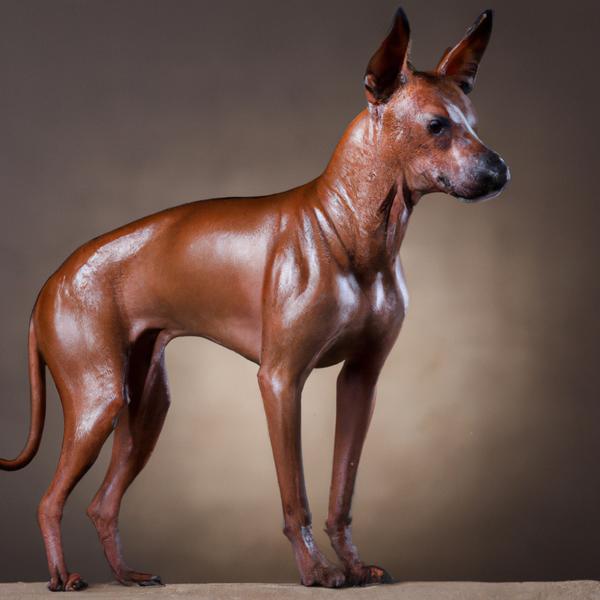
American Hairless Terrier
Pumi vs American Hairless Terrier
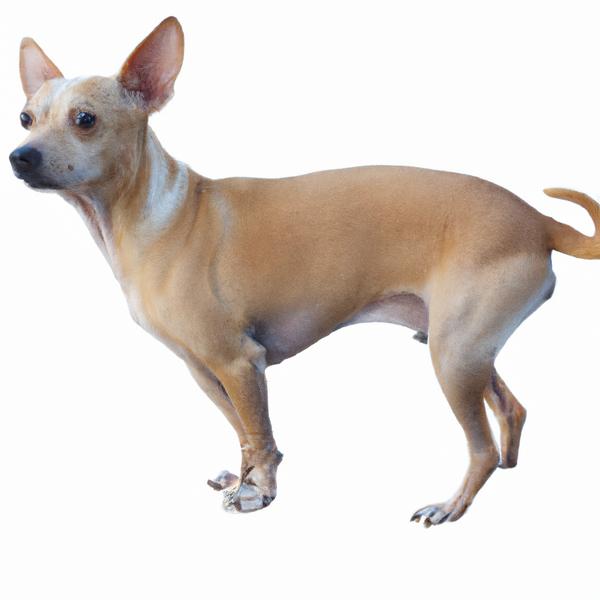
Rat-Cha
Pumi vs Rat-Cha
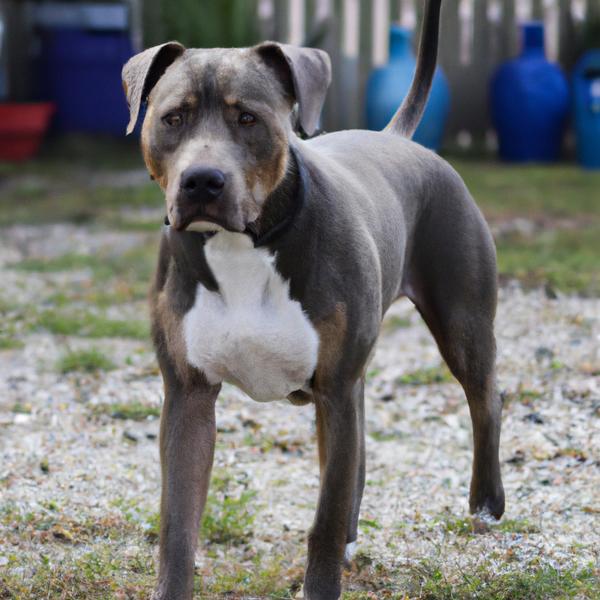
Greybull Pit
Pumi vs Greybull Pit
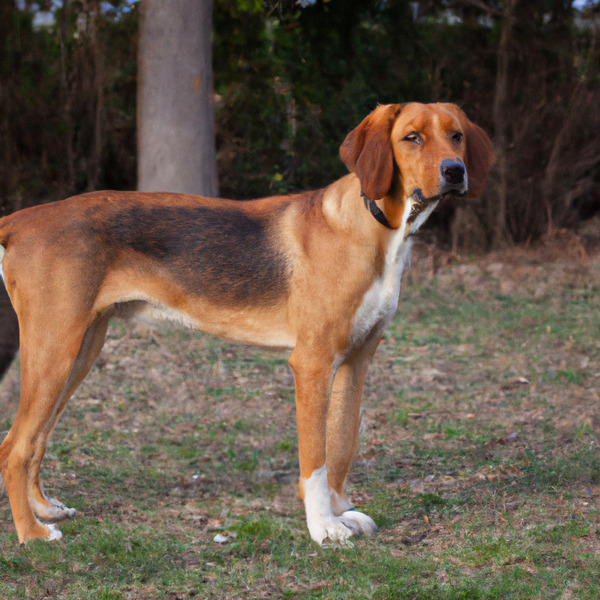
Serbian Hound
Pumi vs Serbian Hound
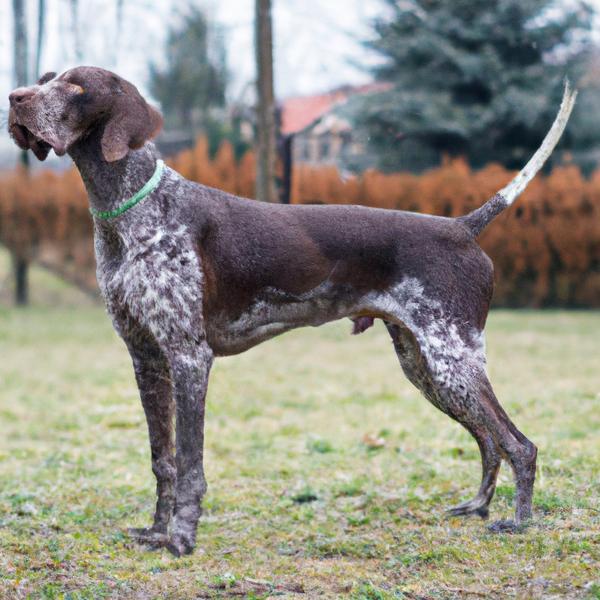
German Pointeraner
Pumi vs German Pointeraner
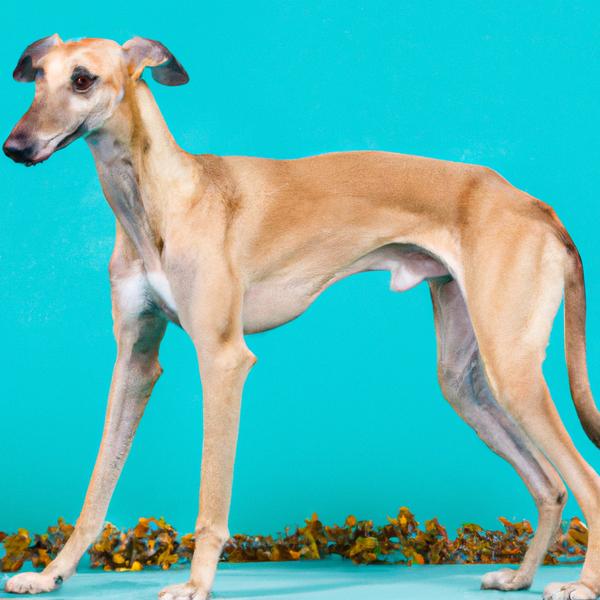
Sloughi
Pumi vs Sloughi
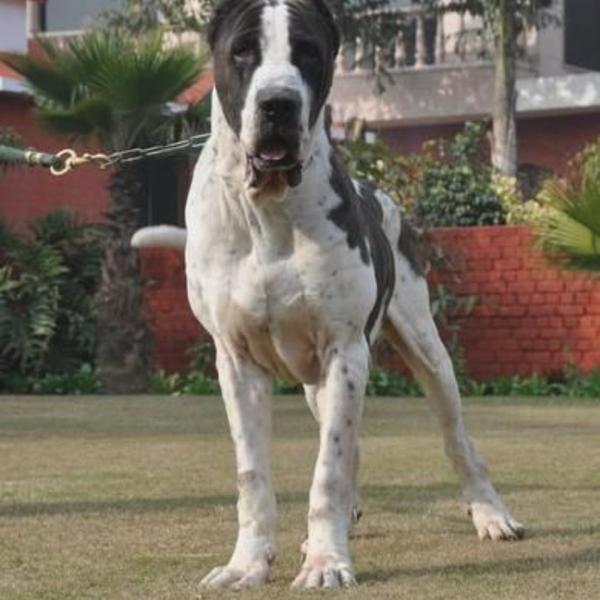
Bully Kutta
Pumi vs Bully Kutta
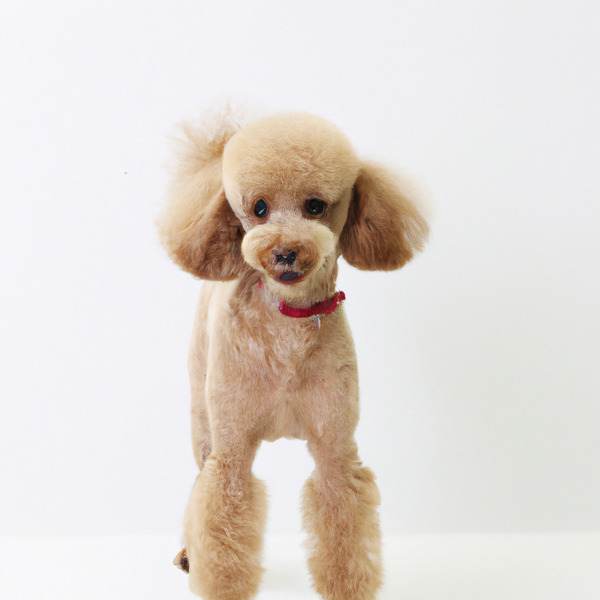
Miniature Poodle
Pumi vs Miniature Poodle

Chi Staffy Bull
Pumi vs Chi Staffy Bull
